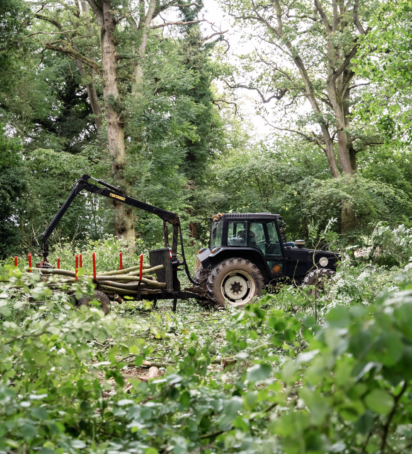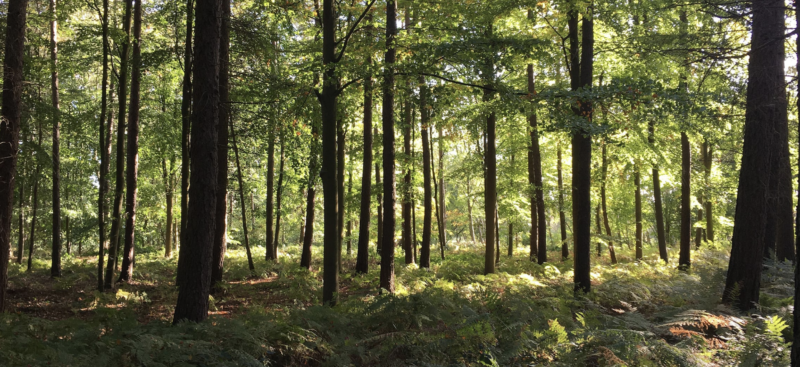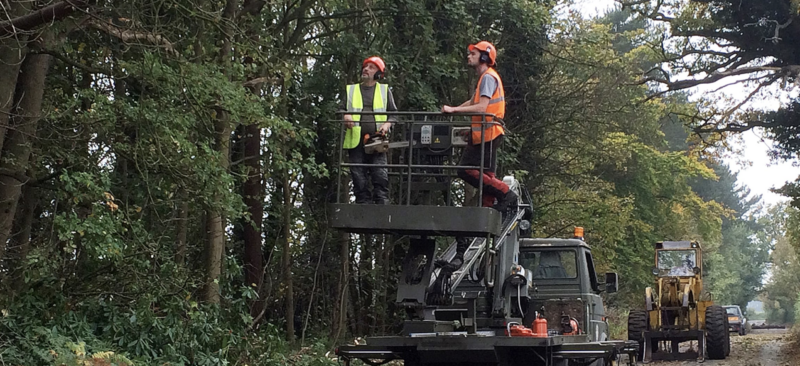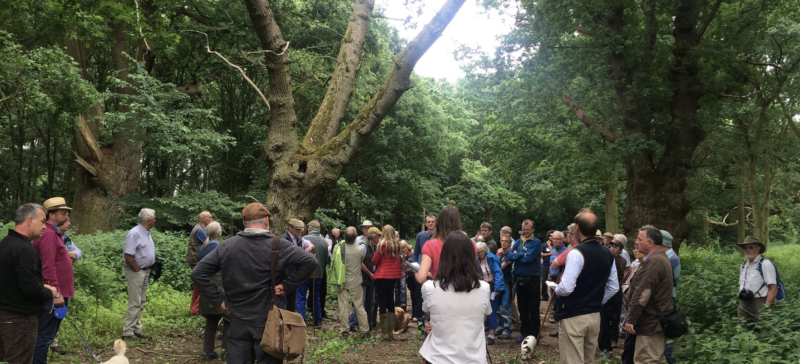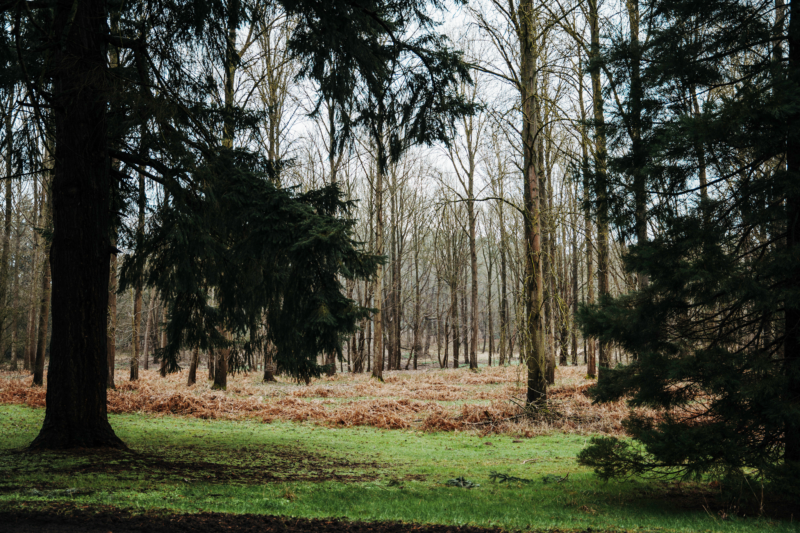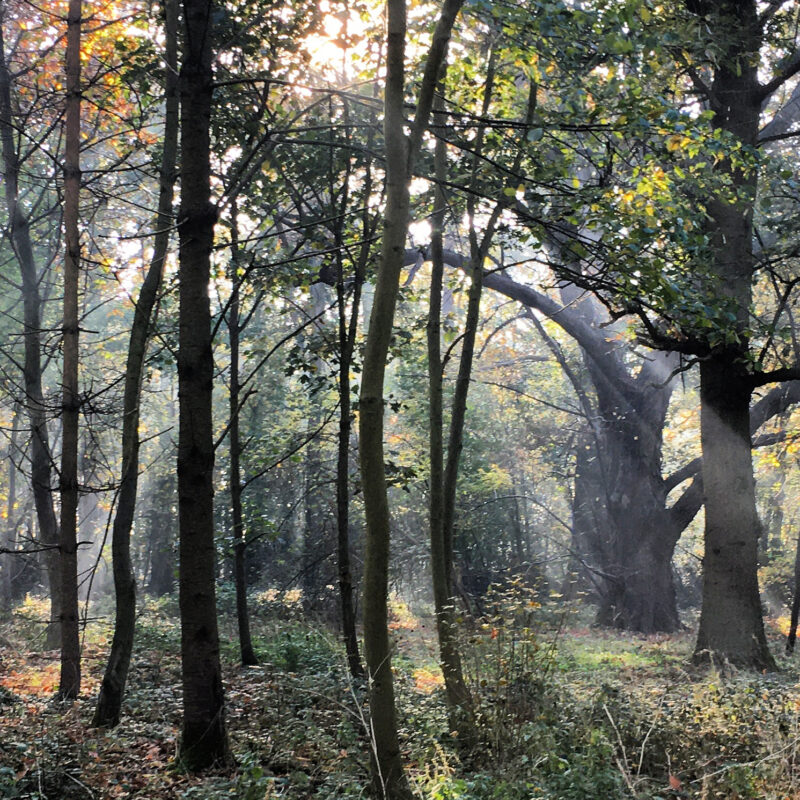The Woodlands
The Rougham Estate has around 655 acres of woodland spread across the estate. This represents 20% of the entire Estate, which is twice the national average and one of the reasons why the Rougham Estate’s woodland is so significant in the Suffolk landscape.
The woodland across the Estate is a mixture of ancient coppiced woods, wood pasture, ancient parkland forest, broadleaf and mixed and coniferous plantations. There are also a very significant number of veteran trees scattered across the Estate, mainly oak and hornbeam.
All of the woodland on the Rougham Estate is managed in a sustainable way to protect the landscape and provide a constantly improving habitat for wildlife and woodland flora and fauna.
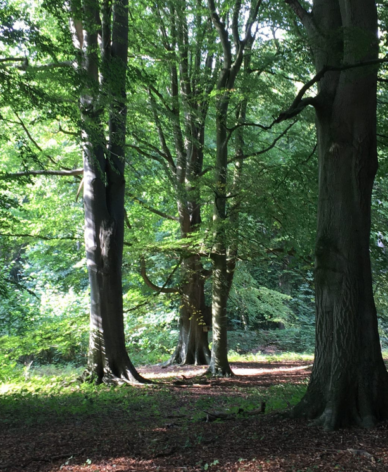
Trees & Management
The majority of our broadleaf woodland is dominated by oak and ash. We have over 110 acres of ancient and semi natural woodland. This is woodland dating back to the original forests of England before the intervention of man.
We are reintroducing coppice management into this area, which is the ancient forestry system whereby the understory is cut down every ten to fifteen years, letting light onto the forest floor. This encourages woodland flora such as bluebells, primroses, oxslips and wild garlic, which in turn provide food for insects and so support a rich woodland ecosystem including bats, birds, land mammals and reptiles. Above them rise the full-sized forest trees which are mainly oak and ash. Sycamore and Beech feature in the northern part of the Estate, particularly in Rougham Park. Mixed and pure coniferous plantations are dominated by Douglas Fir and Spruce.
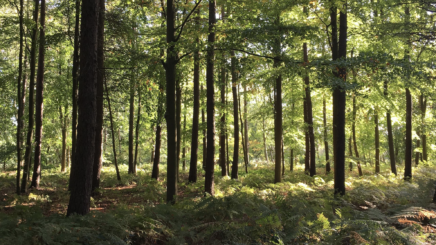
Mixed Plantations
The mixed plantations are managed to favour the broadleaved trees, usually oaks, with a view to the production of a broadleaved wood towards the end of the plantations life. When these plantations reach the end of their lives, a proportion of the old crop will be left, this will consist of both broadleaved trees and conifers.
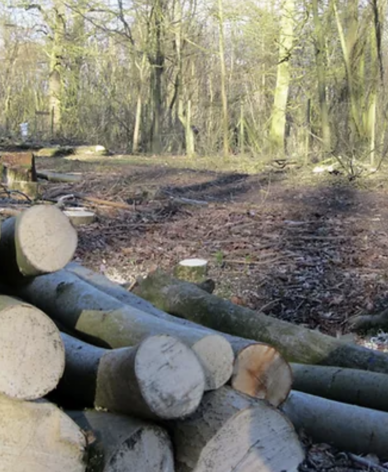
Habitats
Dead standing trees are left where it is safe to do so. These provide a vital habitat for woodpeckers. It is essential also to leave a significant amount of deadwood on the forest floor, which importantly provides the habitat for many types of insects, fungi and bryophites.
A new woodland will then be planted favouring native species of broadleaved trees with a view to developing this a as continuous cover woodland, in other words there will not be any further clear fells, in favour of the encouragement of natural regeneration and small patches of planted trees where this system fails to work.
Timber Uses
Timber produced on the Estate is sold for a range of uses including; furniture making, firewood, biomass chip, charcoal, paper pulp, sawn planks and fencing materials.
Management Team, Memberships & Awards
Rougham Estate woodlands are nationally known for the high standard of their woodland management over many years. Sir Keith Agnew was a highly respected forester and won many awards. He was the first national winner of the Minet Award for Forestry and Woodland Management in 1987 and also the Forestry Commission Cup in 1988.
Rougham Estate is proud to be a member of the Royal Forestry Society.



